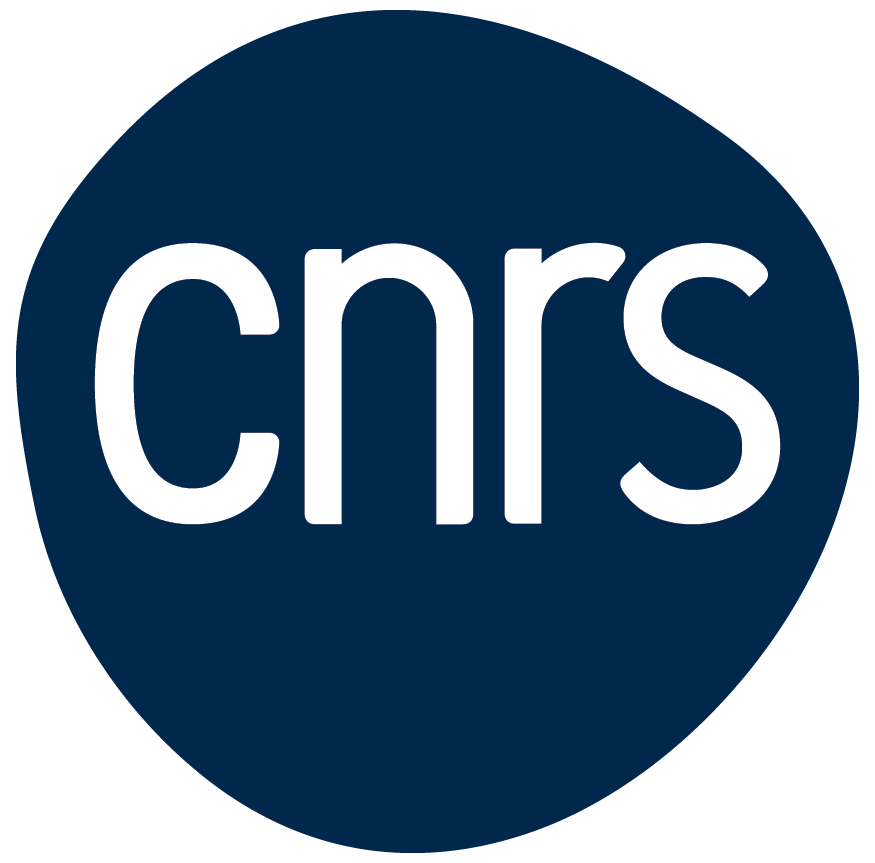
A solid surface is superhydrophobic when a water drop sitting on the surface exhibits a very large contact angle, typically larger than 150°. In fact, a small droplet lying on the surface takes an almost spherical shape. This super-hydrophobicity is intimately related to the roughness of the surface. But how ?
The context
On a rough hydrophobic surface, the liquid sits on top of the asperities and hardly touches the surface at all. However, to wipe out the water from the surface, one has to move the edge of the droplet, the so-called triple line, on the surface. This line interacts with the surface asperities, deforms and sometimes stays pinned. As a result, the force needed to remove the non-wetting droplet may be significant.
Our work
We have carried out experiments on specially designed glass surfaces. We monitored the displacement of the contact line during the evaporation or the retraction of the drop, and we discovered that the contact line does not move as a whole: it is in fact a kink-like distortion of the line which controls the depinning.
 The contact area between a drop and a patterned surface. The triple line recedes through the motion of kink-like defects (white arrows).
The contact area between a drop and a patterned surface. The triple line recedes through the motion of kink-like defects (white arrows).
The consequences of these observations are significant: this mechanism lowers the threshold for the depinning of the contact line, and so the adhesion of the drop to the surface. This result suggests that current ’line displacement’ models are missing a crucial point and may fail to predict the correct wetting properties of a textured surface.
 A simulation of a kink like defect. We minimize the energy of the surface as it sits on the surface textures. Gradually increasing the angle θwall, we observe that the surface suddenly jumps to the next post; signaling depinning.
A simulation of a kink like defect. We minimize the energy of the surface as it sits on the surface textures. Gradually increasing the angle θwall, we observe that the surface suddenly jumps to the next post; signaling depinning.
Actually, this mechanism is a reminiscence of the well-known dislocations theory introduced in the 40’s to explain the low threshold for plastic deformations in crystalline lattices. Moreover, the propagation of kinks allows the drop to maintain a circular shape even on strongly anisotropic surfaces.
Recent Publications
– Anaïs Gauthier, Marco Rivetti, Jérémie Teisseire & Etienne Barthel, Role of kinks in the dynamics of contact lines receding on superhydrophobic surfaces, ’’Phys. Rev. Lett.’’ ’’’110’’’, 046101 (2013) - Journal Page, Hal
– Anaïs Gauthier, Marco Rivetti, Jérémie Teisseire, & Etienne Barthel, Finite size effects on textured surfaces: recovering contact angles from vagarious drop edges. "Langmuir" "30(6)", 1544-1549 (2014) - Journal Page, Hal
Later we found that due to these line defects, periodic superhydrophobic surfaces behave in an unexpected way.


